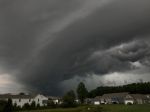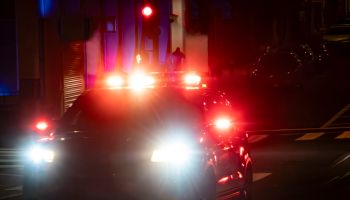via CNN
As Japan buckles from a powerful earthquake and a devastating tsunami, residents on Sunday hoped they are spared an even more catastrophic fate: a widespread release of radiation from damaged nuclear plants.
By Sunday afternoon, the death toll from the country’s strongest earthquake in more than a century and the crushing walls of water that followed had risen to 985.
An additional 707 were missing, the National Police Agency said. Officials fear the numbers may climb once rescuers reach more hard-hit areas.
The nuclear plants sparked fresh concerns for survivors of an 8.9-magnitude earthquake that tore through Japan on Friday, triggering massive waves that ravaged everything on their path.
“I’ve not slept since Friday because of aftershocks,” said Indri Rosid, who lives in Tokyo.
“Now I have nuclear plants to worry about. We have an idea of what to do when an earthquake hits, but what should I do in a radiation leak?”
Rosid said she has an earthquake emergency kit that includes a flashlight, documents and canned food.
“But I have none for a radiation leak because no one teaches you what to do in that case,” she said.
Officials do not know for certain whether there have been meltdowns at two reactors in a nuclear facility in the northeast, said Yukio Edano, the Chief Cabinet Secretary.
They are working under the presumption that such meltdowns have taken place as they attempt to cool down radioactive material and release pressure inside the reactors at the Fukushima Daiichi plant, he said.
A meltdown is a catastrophic failure of the reactor core, with a potential for widespread radiation release.
So far, there have been no indications of dangerously high radiation levels in the atmosphere around the plant.
Read Full Story
Article courtesy cnn.com
















